A swimming pool main drain cover is a crucial component of pool safety and functionality, designed to prevent entrapment, facilitate water circulation, and maintain the overall cleanliness of the pool. In this detailed description, we will explore the purpose, types, materials, installation, regulations, maintenance, and significance of main drain covers in swimming pools.
Purpose and Function
The main drain cover in a swimming pool serves several important functions:
- Safety: Its primary purpose is to prevent entrapment and injury by covering the suction outlet located at the bottom of the pool. Entrapment can occur when swimmers or objects are sucked into the drain, potentially leading to drowning or serious injury. Properly designed and installed drain covers mitigate this risk.
- Water Circulation: The main drain cover facilitates the circulation of water through the pool’s filtration and sanitation systems. It allows water to be drawn into the filtration system, where debris and impurities are removed before the clean water is returned to the pool.
- Debris Collection: Many drain covers are designed with openings or grates that capture leaves, hair, and other debris, preventing them from entering the pool’s plumbing system and causing clogs.
Types of Main Drain Covers
Main drain covers come in various types and designs, each tailored to specific pool configurations and safety requirements:
- Flat Covers: These are simple, flat covers that sit flush against the pool floor, often found in older pool designs.
- VGB-Compliant Covers: Following the Virginia Graeme Baker Pool and Spa Safety Act (VGB Act), covers are designed to be anti-entrapment compliant. They feature rounded edges, smaller openings, and other safety features to minimize the risk of entrapment.
- Dual Drain Covers: Some pools have two main drains equipped with covers, providing redundancy in case one drain becomes blocked or compromised.
- Channel Drain Covers: These covers are used for drains located along the sides of the pool, rather than at the bottom. They serve a similar function in preventing entrapment and facilitating water circulation.
Materials
Main drain covers are typically made from durable materials that can withstand the harsh pool environment:
- Plastic (ABS or PVC): Commonly used due to its corrosion resistance and affordability.
- Stainless Steel: Known for its strength and durability, often used in commercial pools or where a more robust material is required.
- Composite Materials: Some covers combine materials for enhanced strength, durability, and aesthetic appeal.
Installation
Installing a main drain cover requires careful planning and adherence to safety guidelines:
- Preparation: Shut off the pool’s circulation system to prevent water flow through the drain during installation.
- Remove Old Cover: If replacing an existing cover, carefully remove the old cover and clean the area around the drain.
- Fit New Cover: Position the new cover over the drain opening, ensuring it aligns correctly and securely fits into place.
- Secure and Test: Use appropriate screws or fasteners to secure the cover in place according to manufacturer’s instructions. Test the cover to ensure it does not dislodge easily and provides effective protection.
- Reconnect Circulation: Once the cover is installed and secure, reconnect the pool’s circulation system and monitor for proper operation.
Regulatory Compliance
Main drain covers are subject to stringent regulations aimed at preventing entrapment accidents. In the United States, the VGB Act mandates specific requirements for drain covers, including:
- Anti-Entrapment Features: Covers must be designed to reduce the risk of entrapment by incorporating features like rounded edges, small openings, and a specified flow rating.
- Testing and Certification: Manufacturers must test their covers to ensure they meet safety standards and obtain certification from recognized testing laboratories.
- Regular Inspection: Pool operators are required to regularly inspect and maintain drain covers to ensure they are in good condition and functioning properly.
Maintenance
Proper maintenance is essential for ensuring the effectiveness and safety of main drain covers:
- Cleaning: Regularly clean the cover and surrounding area to remove debris and prevent clogging.
- Inspection: Periodically inspect the cover for signs of wear, damage, or deterioration. Replace covers that show signs of aging or damage.
- Compliance Check: Verify that the cover meets current safety standards and regulations. Upgrade or replace covers as needed to maintain compliance.
Significance in Pool Safety
Main drain covers play a critical role in maintaining a safe swimming environment for pool users of all ages. By preventing entrapment and facilitating proper water circulation, these covers contribute to overall pool safety and compliance with regulatory standards. Their installation, maintenance, and adherence to safety guidelines are paramount for protecting swimmers and ensuring a positive experience in aquatic facilities.
Conclusion
In conclusion, the main drain cover is a vital safety feature in swimming pools, essential for preventing entrapment, facilitating water circulation, and maintaining cleanliness. Understanding its purpose, types, materials, installation process, regulatory requirements, maintenance practices, and overall significance in pool safety is crucial for pool operators, builders, and users alike. By adhering to safety standards and conducting regular maintenance, pool facilities can ensure the continued effectiveness of main drain covers in providing a safe and enjoyable swimming experience for everyone.












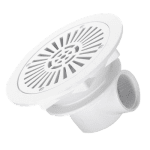





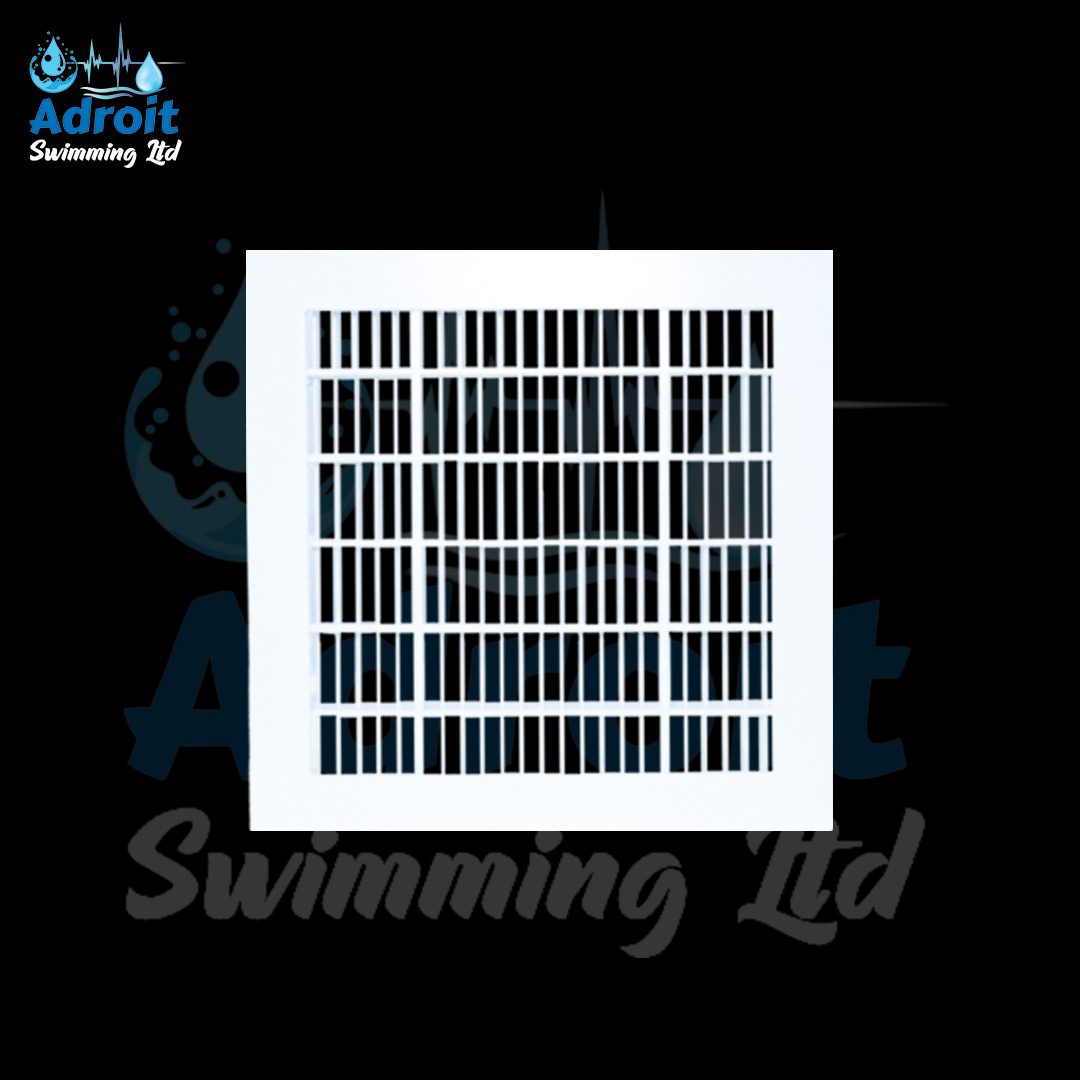
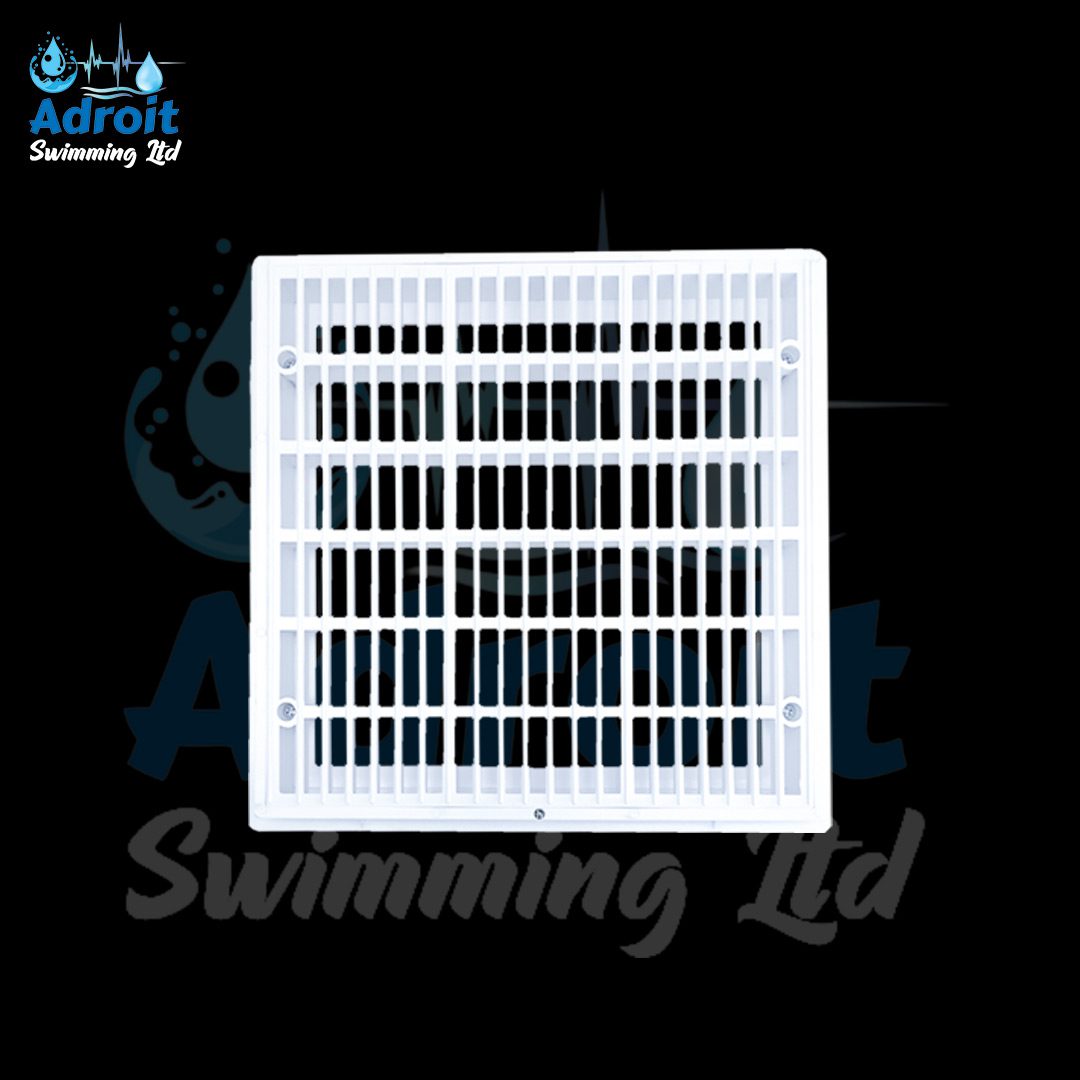

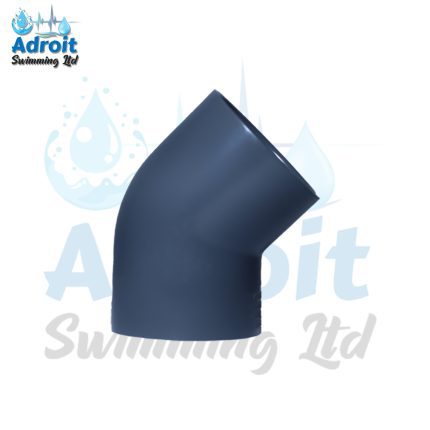

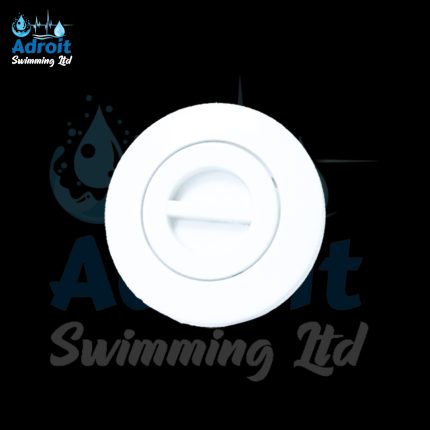

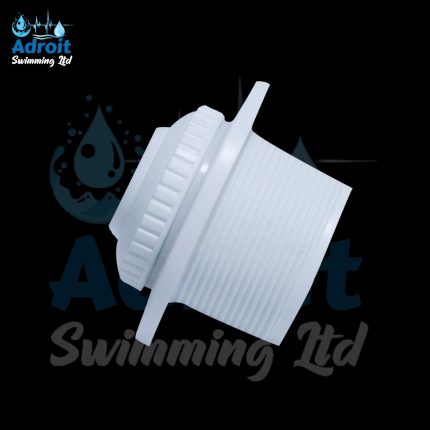
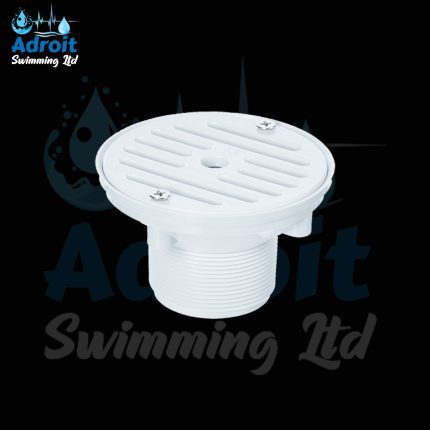
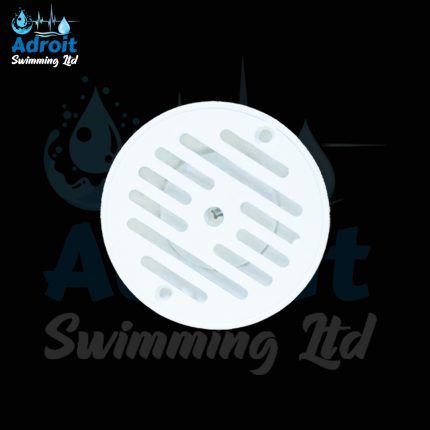

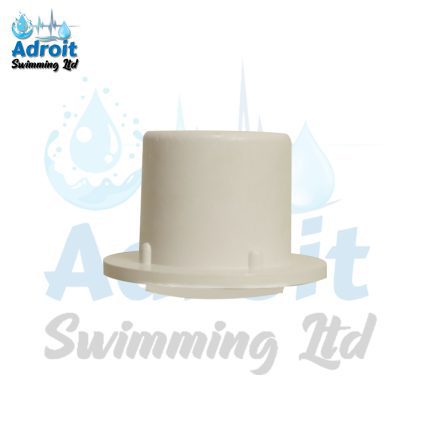
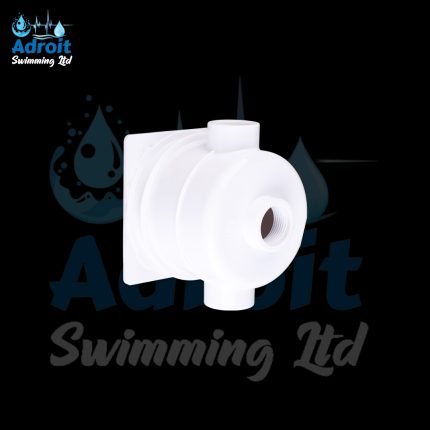


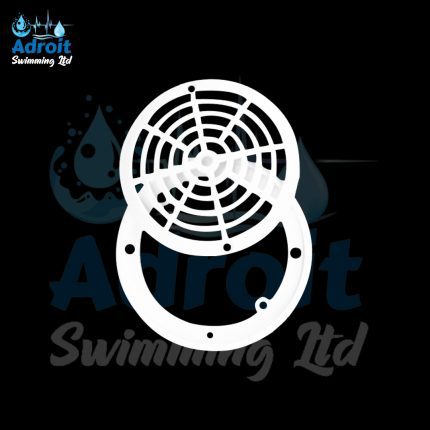

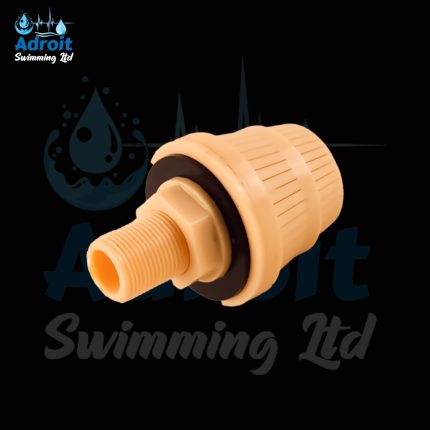
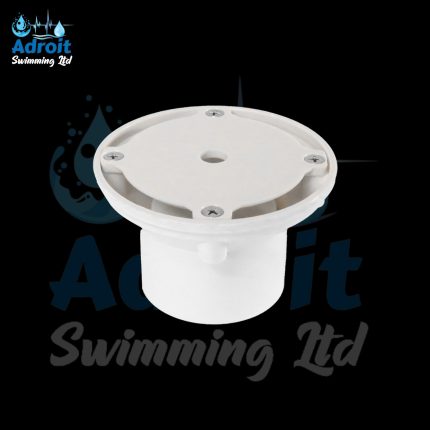
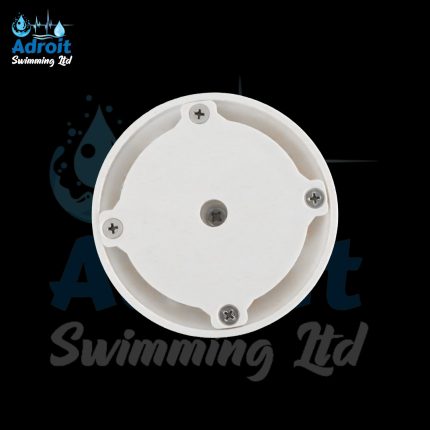
Reviews
There are no reviews yet.